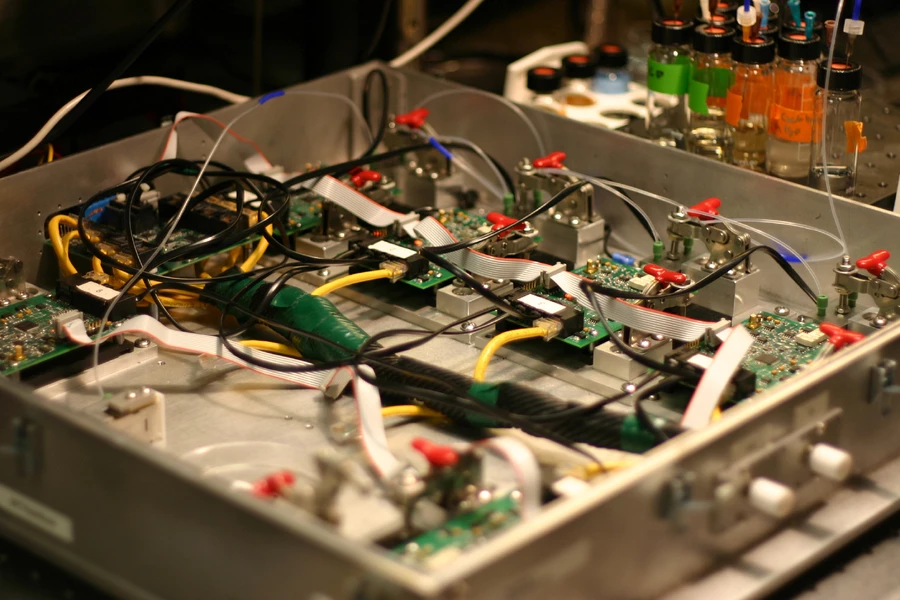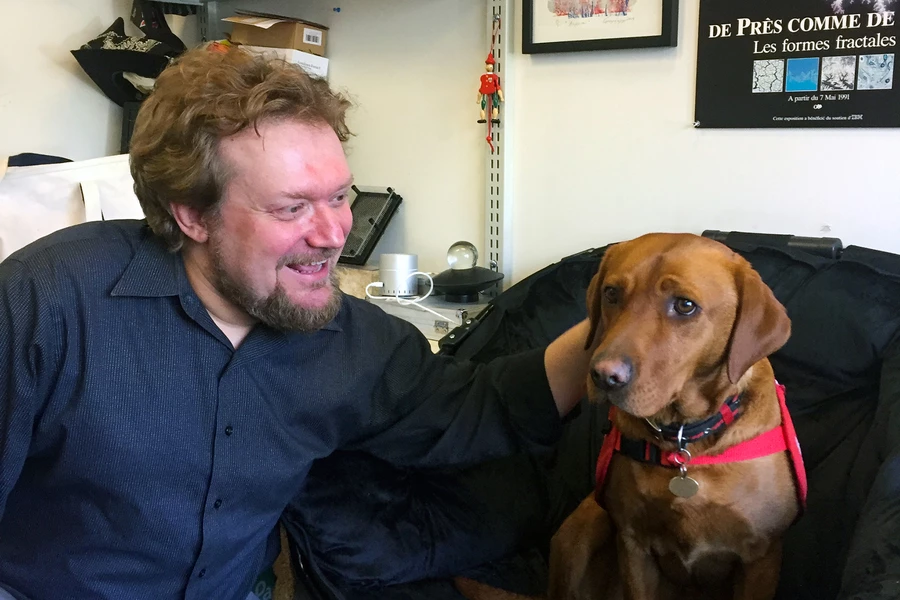Inspired by the incredible olfactory senses of dogs, scientists have been developing and demonstrating different types of “electronic noses” that can sniff out things like cancer, nerve gases or even explosives. A new example of this is claimed to up the sensitivity and capabilities of these devices, by pairing them with machine learning to mimic the canine ability to interpret different scents.
The new device is the creation of an international team of researchers and has been under development for several years, with the team fine-tuning its sensors’ ability to detect different molecules in the air. These efforts have progressed to the point where the system can detect and identify tiny traces of molecules with a sensitivity 200 times greater than that of a dog’s nose, but interpreting what those molecules mean, as a dog would do, is where the technology has been lacking.
“The dogs don’t know any chemistry,” says study author Andreas Mershin from MIT. “They don’t see a list of molecules appear in their head. When you smell a cup of coffee, you don’t see a list of names and concentrations, you feel an integrated sensation. That sensation of scent character is what the dogs can mine.”
Looking to connect these dots, the team built a machine learning algorithm that was trained on 50 urine samples taken from prostate cancer patients and a control group. By analyzing the molecular differences and similarities in the air surrounding each set of samples, the program was then able to recognize patterns of volatile organic compounds representative of the disease with high reliability.

“We knew that the sensors are already better than what the dogs can do in terms of the limit of detection, but what we haven’t shown before is that we can train an artificial intelligence to mimic the dogs,” says Mershin. “And now we’ve shown that we can do this. We’ve shown that what the dog does can be replicated to a certain extent.”
In follow-up testing, the researchers say their system was able to match the accuracy of the dogs in identifying prostate cancer, both achieving a success rate of more than 70 percent. More research is needed to develop the system further, but the team hopes to one day compact the technology into a scent detector that can be built into smartphones, much like cameras are today.
The research was published in the journal PLOS One.
Source: MIT




